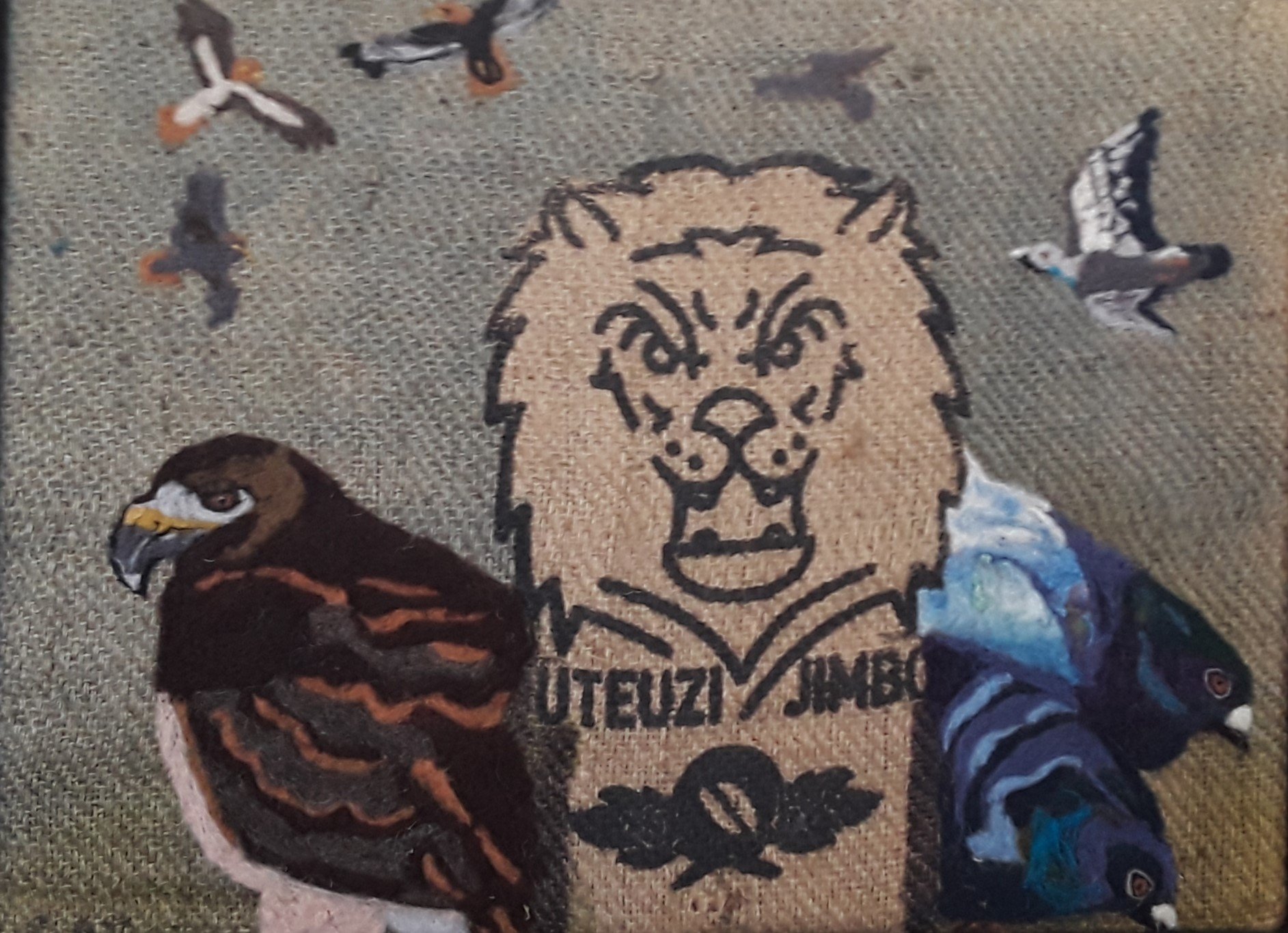
Transforming Systems through Social Innovation
How can Canada provide progressive social policies which safeguard the environment, provide a social safety net for our most vulnerable citizens and keep Canadians healthy and safer while maintaining sound fiscal policies and a resilient economy?
Canada faces complex, seemingly intractable social problems, that is, wicked problems. There is a tendency to try and solve wicked problems with simple remedies (like a recipe) or to hire a team of experts (which is more appropriate for complicated problems, like nuclear physics). Wicked Problems require collaboration, creativity and social innovation. (If you want a practical and quick read on changing the world through social innovation, check out Getting to Maybe: How the World Is Changed by Frances R. Westley). Social Innovation approaches complex social problems with “design thinking”, that is, the kind of creativity and teamwork for art, architecture or high-function, ergonomic tools and furniture.
Collected below are some examples of social innovation. Tommy Douglas transformed the way medical services are delivered and paid for in Canada. Kate Raworth is an economist who is applying design thinking to the field of economics; the City of Amsterdamn built its pandemic recovery plan on this new system for economic planning. Slow Fashion is about revolutionizing the fashion industry. Black Lives Matter is a movement seeking to change the way people think about systemic discrimination. If you click on the images, you can check out the web-sites.





